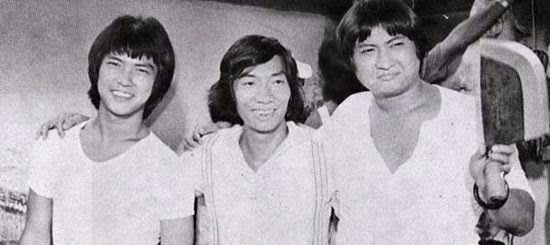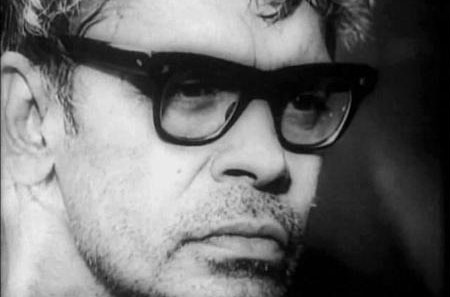21. Jinpa (Pema Tseden, 2018, Tibet)

Pema Tseden directs one of the best films of the year, particularly through a very entertaining mixing of genres, that also manages to have depth and substance, while providing food for thought. In that fashion, the concept of the truck driver who looks and occasionally acts like a rock star in the barren environment the film takes place in, unfolds like both Mad Max and a Sergio Leone western, with the scene in the bar on the road adding to this essence even more. And while the film unfolds like a strange road movie, the ending completely changes its whole perspective, blurring the actual events and putting the audience in a position of pondering what has actually happened, and where the borders of reality stop and those of fantasy and dream begin. (Panos Kotzathanasis)
22. Midnight Traveller (Hassan Fazili, 2019, Afghanistan)

What makes “Midnight Traveler” stand out is its approach towards a subject that has been presented a number of times since 2015: forced immigration due to war. However, Fazili's effort does not focus on the dramatic aspect of his situation, but instead functions as a kind of home video of a family that struggles, but also knows how to laugh and enjoy the few good moments they experience in their travel. (Panos Kotzathanasis)
23. 9 Souls (Toshiaki Toyoda, 2003, Japan)
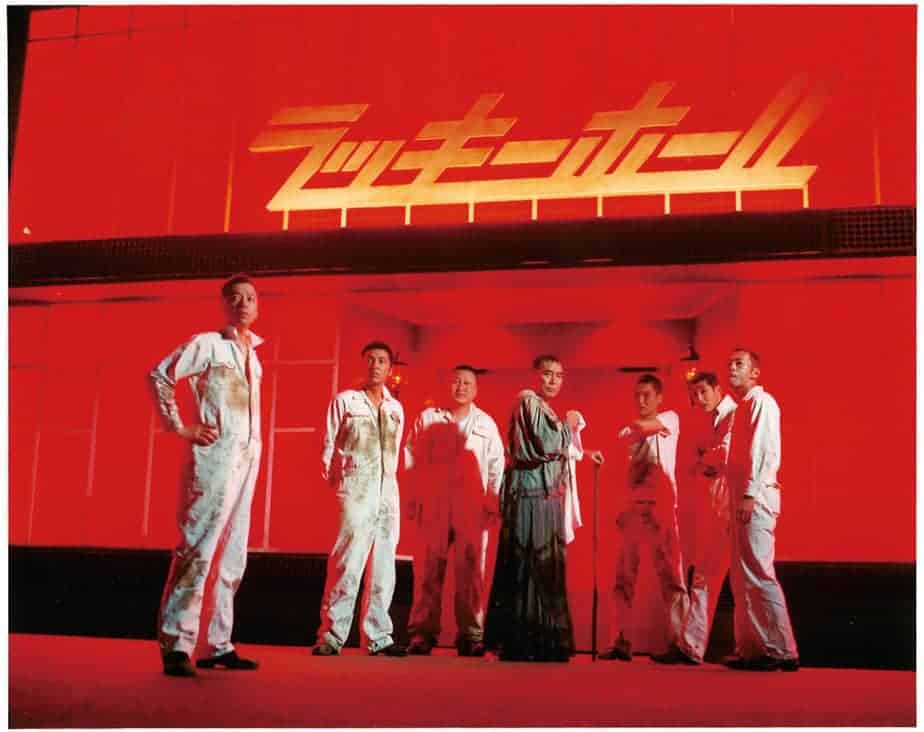
The movie starts as a surreal, absurd comedy, with the scenes with the sheep and the strip club in the middle of nowhere being the highlights of this style. As the story progresses though, drama takes the place of comedy, with a particular sequence towards the end, which also features a very fitting track by Dip, being the highlight of this aspect, and probably the film's greatest moment. When the comedy is placed in the background, Toyoda also presents his messages regarding the new generation, where consumerism and “trend” seem to have taken over. (Panos Kotzathanasis)
Buy This Title
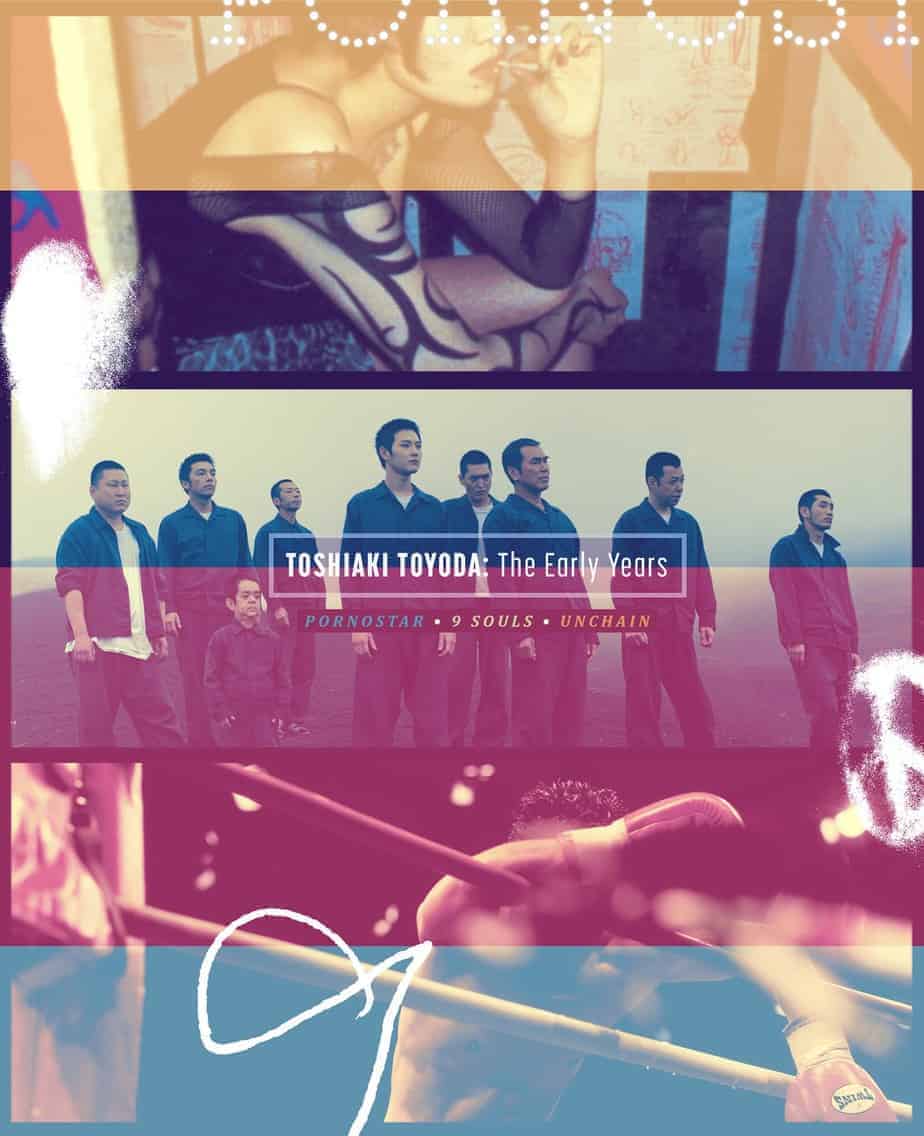
24. Platform (Jia Zhangke, 2000, China)

Considered one of the greatest films of the 2000s, “Platform” follows essentially two couples as they roam the country with their theatrical troupe during the 80s, presenting through them, the cultural changes brought by the Open Door Policy, which result in the group ending up performing rock music. Zhangke blends together romance, road movie, and drama in order to present a series of social and political comments, in a true epic (Panos Kotzathanasis)
25. My Dear Enemy (Lee Yoon-ki, 2008, South Korea)

Lee Yoon-ki directs a road movie camouflaged as a romantic drama, where Seoul's urban setting is as much the protagonist as the two main characters. Despite the fact that it was shot only in 37 days, Lee managed to include 58 locations in the city, all of which are captivated in the wonderful autumn grayish lights by cinematographer Choi Sang-ho. In that fashion, the film also functions as a guided tour in the city, since the two of them visit rich and poor neighborhoods, cafes and restaurants, even a rooftop of a building that is something between an open club and an actual house. (Panos Kotzathanasis)
26. Hana-bi (Takeshi Kitano, 1997, Japan)
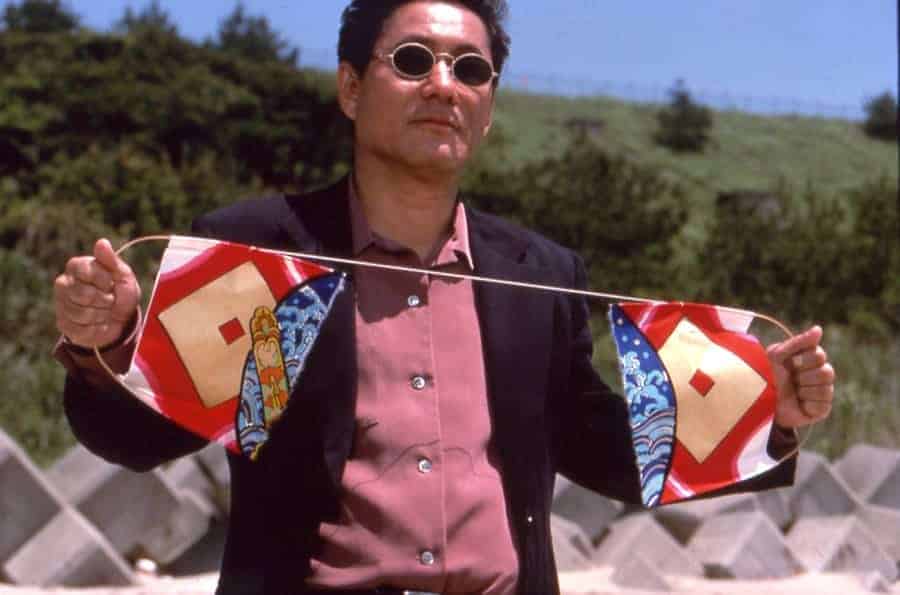
Apart from the obvious autobiographical elements in the film, Kitano directs an exquisite movie, where his trademark violence is toned down by scenes of calm beauty, with the paintings, the scenery and Joe Hisaishi's music being the foremost elements of this characteristic. It is somewhere between the violence and the beauty where the title materializes, since the succession of extremely violent moments and long periods of calmness allows both to appear as sudden fireworks in front of the eyes of the spectator. The balance kept is so precise that one cannot easily realize which of the two elements represents the suddenness of the fireworks and which the norm, with Kitano making a point, through this tactic, of showing both are parts of life. (Panos Kotzathanasis)
27. The Sun Beaten Path (Sonthar Gyal, 2011, Tibet)
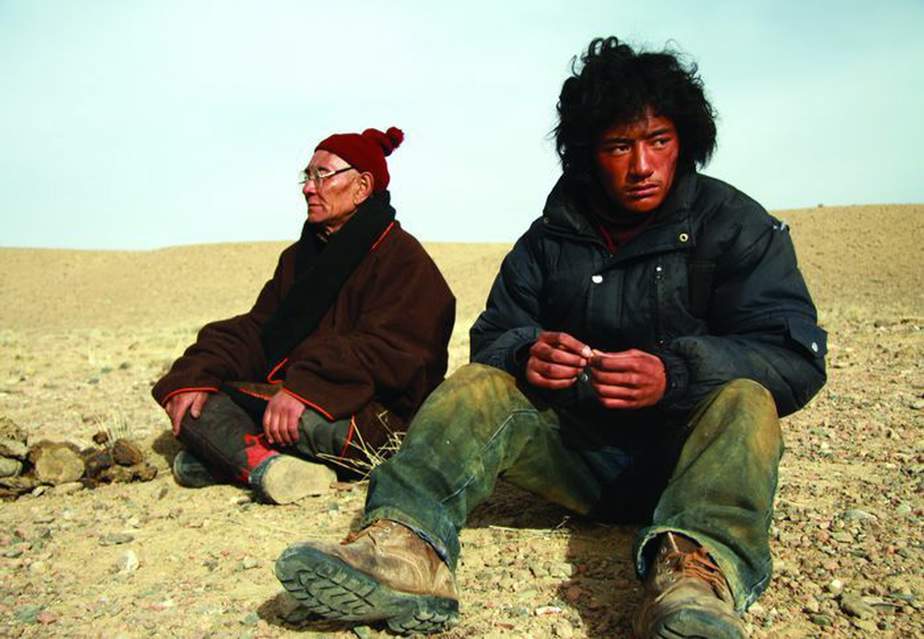
The story unfolds in two timelines, one in the present and one in the past. In the first one, we witness Nima, a young man on a pilgrimage trip to Lhasa, being accompanied, against his will, by an old man who quickly realizes how troubled the youth is and decides to help him any way he can. The second axis takes place in the past, and explains the reasons why Nima transformed from a happy young man with a bright future to an almost destroyed individual who has lost himself and is not sure where and why he is going. Soon it is revealed that his “driving force” is the regret deriving from an accident that led him to kill his own mother, despite the fact that everyone seems to have forgiven him, if they ever accused him for the deed. (Panos Kotzathanasis)
28. Neelakasham Pachakadal Chuvanna Bhoomi (Sameer Thahir, 2013, India)

A road movie that has rightly earned its status as a cult film, Sameer Thahir's “Neelakasham Pachakadal Chuvanna Bhoomi” is single-handedly credited for the spurt in the number of Bullet motorbike users across Kerala. The story revolves around Kani and Suni, two best friends who embark on a motorbike road trip from the south Indian state of Kerala to the North-eastern state of Nagaland. The Malayalam-language film has since become a hit with young audiences and is one of the early hits of actor Dulquer Salmaan's career. (Rhythm Zaveri)
29. Hit the Road (Panah Panahi, 2021, Iran)
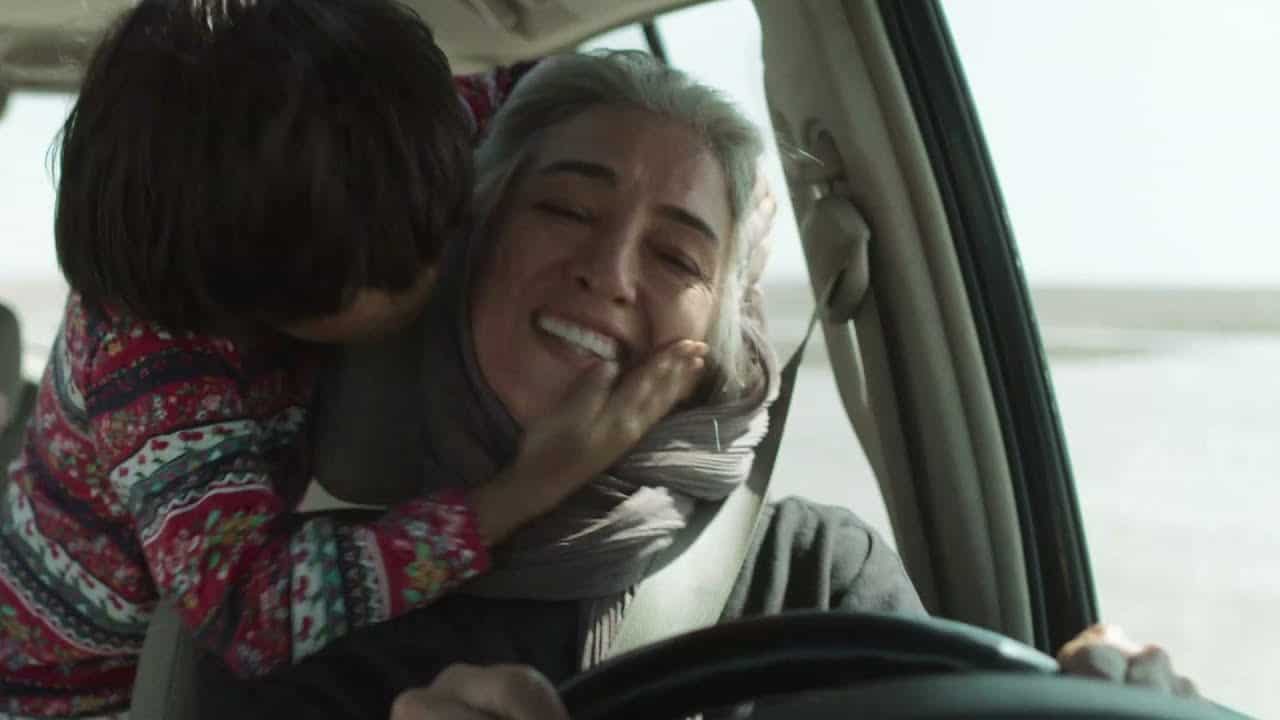
Hit the Road opens to the sounds of Chopin's piano music over the black screen before the action starts in the car. A hyperactive, obviously bored boy (Rayan Sarlak), pretend-plays the keyboard drawn on the cast on his father's (Hassan Madjooni) leg. The mother (Pantea Panahiha of “Breath” and “I Am Diego Maradona” fame) sits on the front seat, while the elder brother (Amir Simiar) is the driver. There is a sense of secrecy around the family road trip, it certainly is not a vacation; the car is a rental and the cell phones are forbidden. It actually has something to do with the sullen and largely silent much older brother, the kid brother is told the reason for his trip abroad (illegally crossing the border) is the prospect of marriage, but the story rings fake. By the end of the film, we shall know more. (Marko Stojiljković)
30. Love is a Dog from Hell (Khavn, 2021, Philippines)
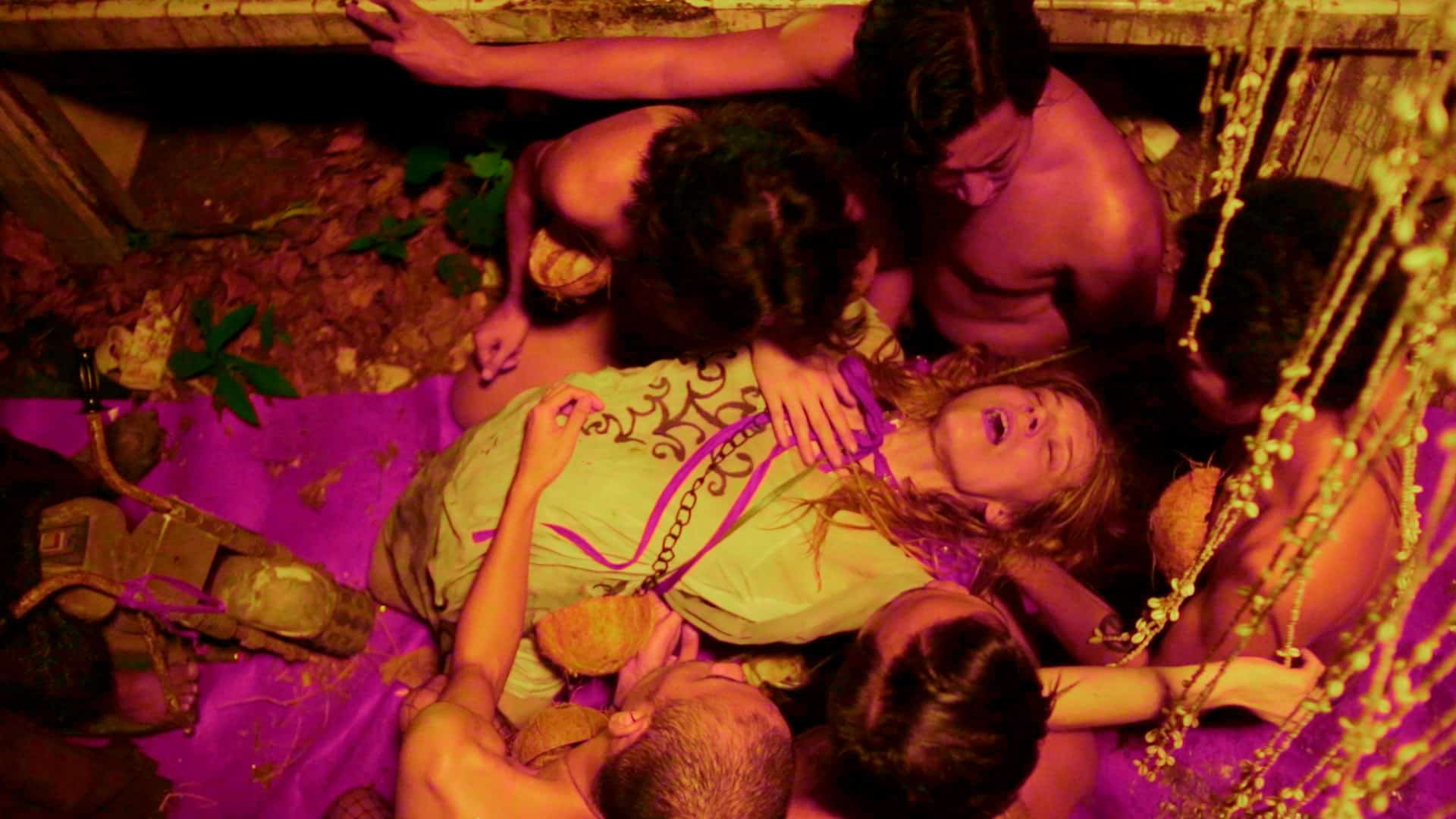
Beginning with a number of stills and the sound of a voice reciting poetry, the stillness gives its place to the perpetual movement that characterizes the movie, starting with a live performance in the slums of Manila, introducing the protagonist, Orphea, shining within the grotesqueness of the environment she inhabits. A discussion in a night club about the benefits of slavery soon gives its place to violence, with the film gradually becoming a mixture of road movie and musical, as the the protagonist finds out about the death of her beloved Euridico, but still insists on searching for him, even if her travels bring her down to hell. (Panos Kotzathanasis)




